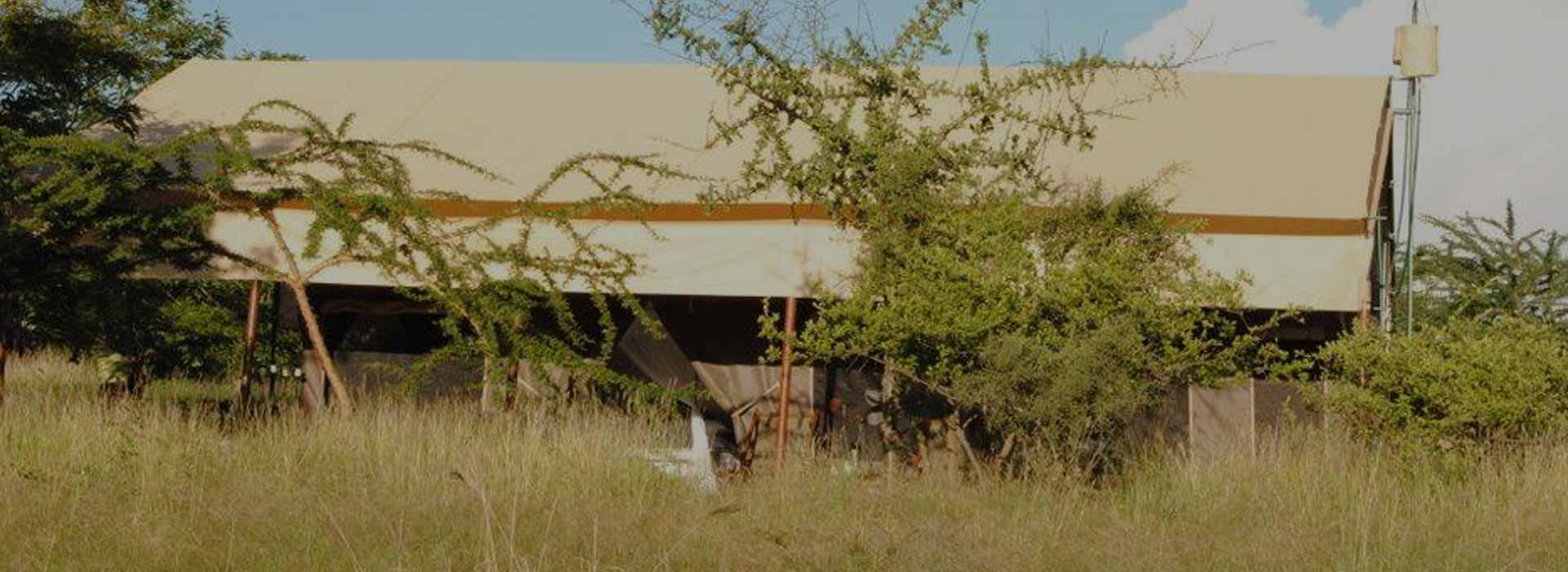

Serengeti
The Serengeti National Park is possibly the best-known wildlife sanctuary in the world, unequaled for its natural beauty and ecological value. It lies between the shores of Lake Victoria in the west, Lake Eyasi in the south, and the Great Rift Valley to the east. The name Serengeti is derived from the Maasai word siringet meaning ‘extended area’; a fitting title for a place that features far-reaching grassy plains tinged with the twisted shadows of acacia trees and dotted with kopjes of giant granite boulders. With more than two million wildebeest, half a million Thomson's gazelle, and a quarter of a million zebra, it supports the greatest concentration of plains game in Africa, and for this it was granted the status of a UNESCO World Heritage Site in 1978.
The park covers an area of 14,763-sq-km, but it is the center of the much larger Serengeti Ecosystem – a region that encompasses approximately 30,000-sq-km and is a combination of the Serengeti, the Ngorongoro Conservation Area, Kenya’s Maasai Mara and several smaller game reserves. The system protects the annual wildebeest migration; so called because the majority of hooved animals on this astonishing journey are wildebeest, but they are joined in equally staggering numbers by zebra and gazelle. These animals embark on a roughly 1000-km-long circular trek through unfenced Tanzania and Kenya in search of seasonal pasture and water and are hotly pursued by their predators. It is a phenomenal sight, but the Serengeti also offers rewarding year-round, high-density game viewing, which includes significant large predator-prey interactions.
Ngorongoro
The 8292-sq-km Ngorongoro Conservation Area (NCA) is an extensive highland region along the eastern arm of the Rift Valley, with the world-renowned Ngorongoro Crater as its focal point. It shares a boundary with the Serengeti National Park to the west, but the NCA is not itself a national park in the strict sense of the word. It was established in 1959 as a multi-use area, to conserve wildlife and other natural resources and also safeguard the interests of the Maasai pastoralists who graze their livestock. As such, guests on safari have the unique experience of seeing the Maasai herding their cattle alongside the tremendous variety of wildlife found in the area.
With its vast expanses of grassy plains, savannah woodlands, highland forests and volcanic craters and calderas, Ngorongoro is unmatched for its natural diversity and there are few places on earth where such a tremendous variety of landscapes exist inside a region of this size. Apart from its wildlife riches, the NCA is also of great archaeological importance, with the remains of some of mankind's earliest ancestors discovered in the area. In 1978 it was declared a UNESCO World Heritage Site in recognition of its outstanding natural beauty and its importance for archaeological research. A descent on to the floor of the Ngorongoro Crater, which is in fact a caldera (a collapsed volcanic cone), is a main draw for tourists coming to Tanzania. With steep protective walls, plenty of fresh water and good climate, it contains everything necessary for its abundant wildlife to thrive.
Tarangire
Tarangire is one of Tanzania’s lesser-known national parks, but is a particularly scenic wilderness and a little quieter than other parks in the Northern Circuit. Located only about a 100-km easy drive southwest of Arusha, it’s usually included on multi-day itineraries going to the Ngorongoro Conservation Area and Serengeti National Park. Covering 2850-sq-km, the varied landscape includes African savannah grasslands, vast swamps that dry into verdant plains during the dry season, mixed thorny woodlands and some lovely ribbons of riverine forest. The predominant feature is the permanent Tarangire River, which is set against a backdrop of majestic baobab and twisted acacia trees. During the dry seasons, animals move to the river in search of water when it’s a prime spot for game-viewing.
With the exception of rhino, Tarangire is home to all of the other Big Five—elephant, lion, leopard and buffalo—and is especially well-known for elephant herds that can be 200-strong. Most of the plains game seen in the other Northern Circuit parks is resident, and uniquely its home to a few specials too like greater kudu, fringe-eared oryx and gerenuk—usually only seen in East Africa’s arid northern parks. Birdwatchers will be in their element as Tarangire has some of the best year-round birding in Tanzania, and an astonishingly long list of 550 species including many raptors and vultures, and numerous waterfowl in the river and swamps. Tarangire offers visitors the quietest game viewing of all the parks in the region, and the diverse landscape dotted with giant baobabs and sheltered by granite ridges makes a great contrasting addition to a traditional Northern Circuit safari.
© 2019 Tanzania Bush Camps, All Rights Reserved Developed By Developed By Safari Marketing Pro